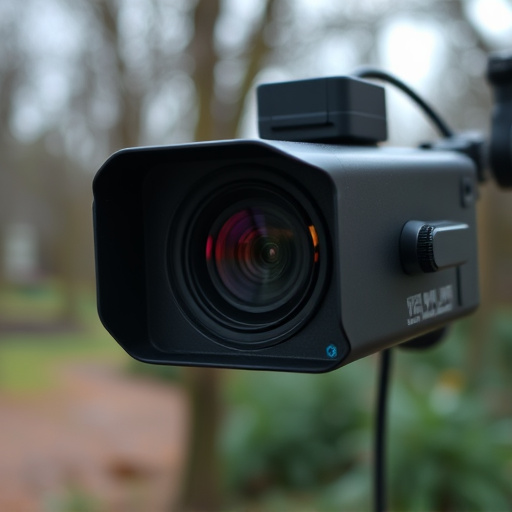When considering placement of covert recording equipment like "nanny cams," understanding legal implications and privacy concerns is crucial. Strategic positioning can be employed for legitimate monitoring if done correctly under local legislation. Unobtrusive methods include using everyday objects or magnetic mounts, while advanced technology like infrared cameras and AI enhance detection capabilities. Safeguarding privacy involves knowing common hiding places for these cameras.
Hidden cameras, or “nanny cams,” raise privacy concerns but also offer valid security measures. This article explores the art of covert recording equipment placement and detection, focusing on legal considerations and practical techniques. Learn about unobtrusive camera positioning methods to ensure maximum discretion while still achieving surveillance goals. Discover advanced detection strategies for identifying hidden cameras, addressing a growing need in today’s tech-driven world. Understanding where—and how—to hide nanny cams is key to maintaining security with minimal intrusion.
- Legal Considerations for Nanny Cam Placement
- Unobtrusive Camera Positioning Techniques
- Advanced Detection Methods for Hidden Cameras
Legal Considerations for Nanny Cam Placement
When considering placement of covert recording equipment, especially in domestic settings like homes or daycares, legal considerations are paramount. The use of “nanny cams” is a sensitive topic that raises privacy concerns. In many jurisdictions, there are strict regulations regarding hidden cameras, with laws varying significantly from place to place. It’s crucial to understand these rules before installing any recording device.
Placement of nanny cams must adhere to specific guidelines to remain within legal boundaries. Generally, open and visible camera positioning is preferred to avoid potential legal issues. However, strategic placement can still be employed for legitimate monitoring purposes. Consulting with a legal expert or reviewing local legislation on surveillance and privacy rights is recommended before deciding where—and more importantly, how—to hide nanny cams.
Unobtrusive Camera Positioning Techniques
Unobtrusive camera positioning is an art in covert recording, especially when installing nanny cams or hidden surveillance equipment. The goal is to place cameras in such a way that they remain undetected while capturing high-quality footage. One popular technique involves utilizing everyday objects as cover. For instance, placing a camera inside a fake rock or potted plant can make it nearly invisible. These objects can be strategically positioned near windows or doors, providing discreet surveillance without raising suspicion.
Another effective method is to employ magnetic mounts and hidden wires. By securing cameras to metal surfaces using magnets, you can place them behind pictures on walls or under heavy furniture. Careful routing of cables ensures a clean, unnoticeable setup. This technique is particularly useful for indoor spaces where access to walls or ceilings is available, allowing for unobtrusive monitoring without the need for visible mounts or tripwires.
Advanced Detection Methods for Hidden Cameras
With the advancement in technology, detecting hidden cameras has become a complex task. While traditional methods rely on manual inspections and human observation, modern solutions employ advanced detection techniques. One such method involves using specialized infrared and thermal imaging cameras that can identify heat signatures, revealing cameras hidden behind walls or within everyday objects. These tools are especially valuable for security professionals and law enforcement when investigating suspicious activities or ensuring privacy in sensitive areas.
Additionally, artificial intelligence (AI) is being leveraged to analyze video feeds and detect anomalies, making it possible to pinpoint hidden cameras even if they are not actively transmitting signals. This AI-driven approach can be particularly effective when combined with pattern recognition algorithms that learn and adapt to various camera placements, such as those commonly used as nanny cams. By understanding where to hide nanny cams, individuals seeking to protect their privacy can stay one step ahead of potential intruders or unauthorized observers.
When it comes to covert recording equipment placement and detection, understanding both legal boundaries and advanced technology is essential. By employing unobtrusive positioning techniques and staying informed about the latest detection methods, you can ensure the security of your home or business while navigating the legal considerations surrounding nanny cam placement. Remember, where you hide nanny cams matters, so choose wisely to maintain privacy and protection.
